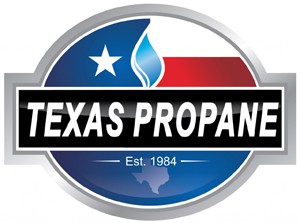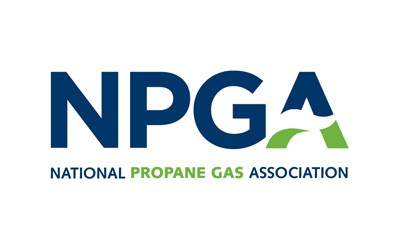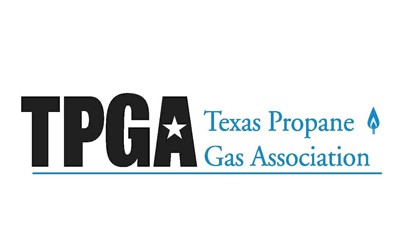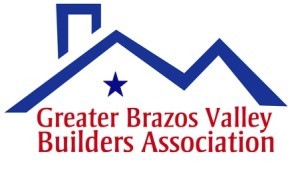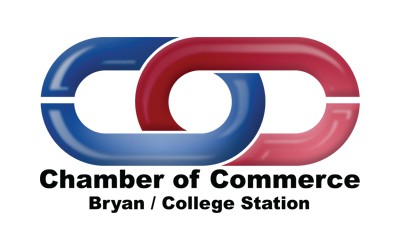Propane Cylinder Filling
Bottle filling policies vary by company. While some companies charge by the cylinder, others charge by the gallon. It is a common industry practice to charge by the cylinder. Therefore, keep in mind, the company may charge consumers the full amount even if the bottle is not completely empty.
Visual Cylinder Inspection
Prior to filling, all cylinders will undergo a simple visual inspection. This exterior inspection is necessary for all bottles regardless of size or type. The following are things the bottle filler is examining for:
- Damage to the cylinders exterior including dents, bulges or cracks on the container’s surface
- Excessive rust or pitting on the cylinder, especially on the bottom of the bottle
- Absence and condition of a cylinder foot ring, cylinder collar or valve cover
- The date the cylinder was manufactured or last re-certified
- Required cylinder markings and readability
- OPD valve (if required)
- See Propane Cylinder Requirements for additional information
If the bottle filler is unable to fill the bottle because it fails the visual inspection, it is strictly for safety, regulatory compliance and in the consumers best interest.
Cylinders Filled by Weight
After completion of the visual exterior inspection, the bottle filler will look for two other things prior to hooking up the fill hose with the cylinder on the scale. These two things are the water capacity (WC) and tare weight (TW). The WC is how much water the propane bottle will hold in pounds. The “WC” stamped on the bottle followed by a number such as “47.6” means the bottle will hold 47.6 pounds of water. Conversely, the TW (empty weight) indicated b a “TW’ is also has a number such as 18 meaning the bottle weighs 18 pounds when empty. These numbers here are common on a five gallon propane bottle (20 pound cylinder) for a barbecue grill.
Bottle filling stations usually have a cylinder filling chart that converts water capacity (WC) to pounds of propane that the filler will refer to before filling the bottle. The chart will show that 47.6 pounds of water converts to 20 pounds of propane. Simply put, a propane bottle that will hold 47.6 pounds of water will hold 20 pounds of propane. This shows that the scale needs to be a little over 38 pounds (20 lbs + 18 lbs) to obtain the weight of the bottle when it reaches its allowable capacity.
After setting the scale and the hose end nozzle is hooked up to the cylinder, the attendant may open the bleeder valve, rest the meter and begin pumping propane in the bottle. The attendant will stop the pump once the following tasks are complete:
- The bleeder valve starts to spew liquid
- The scale indicates the cylinder has reached its legal filling capacity
- The OPD valve stops the flow of propane into the cylinder (if equipped with an OPD valve)
Propane Cylinder Filling – Not Using a Scale
Cylinders filled by fixed liquid level gauge, such as forklift cylinders are not required to be filled by weight. While they are subject to visual inspections and re-certification requirements like all cylinders, they are not filled using a scale. Some companies may use a scale, but the standard practice is to use the fixed liquid level gauge (bleeder valve).
Once the hose end nozzle is hooked up to the cylinder and the pump is turned on, the bottle filler will wait for liquid to spew out and turn off the pump. Then the bleeder valve will be closed and the hose will be disconnected. The bleeder valve indicates when the cylinder is full to let the attendant know. The attendant is not inadvertently letting propane out of your cylinder, but rather following the rules and abiding by the law governing cylinder filling.
For more information on propane cylinder filling don’t hesitate to contact us here at Texas Propane with the link below!
